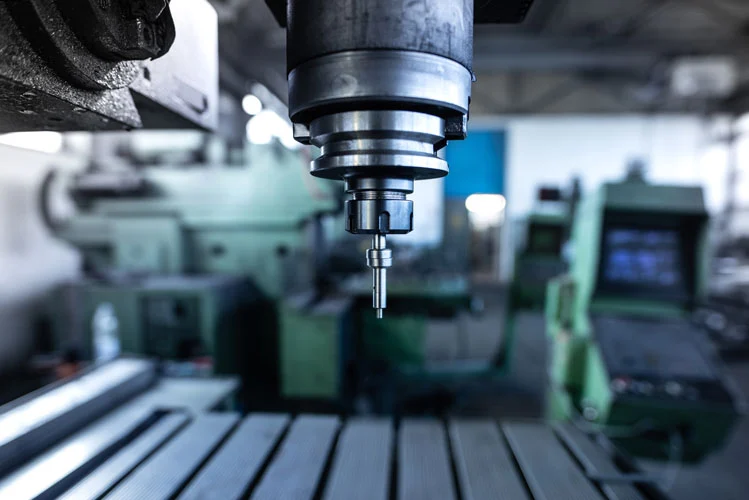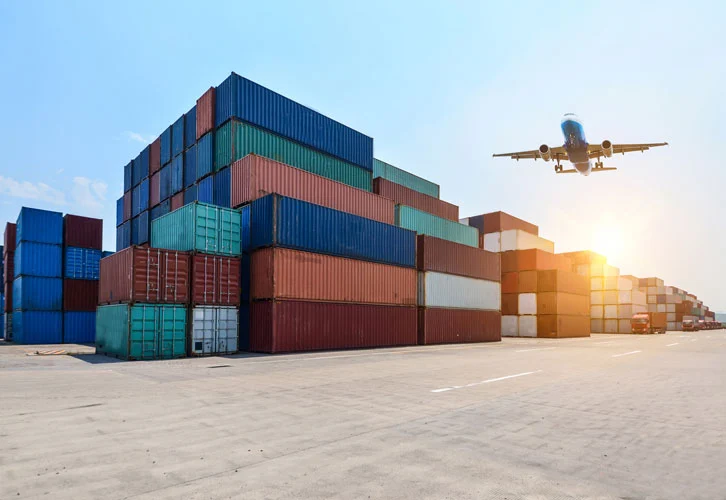Nearshore Manufacturing
What is Nearshore vs Offshore Manufacturing?
You may be familiar with “offshore” manufacturing as a way to reduce production costs, but, for many manufacturers, that has started to change. More manufacturing operations are now considering “nearshore” manufacturing as a way to balance both labor and operational cost savings.
What is Nearshoring?

So, what is nearshoring? Nearshore manufacturing is defined as moving production of a good to a nearby country where labor costs may be lower. That other country may share a border or time zone with the home office as opposed to far off foreign companies, boosting collaboration, reducing freight costs, and at times leading to lower labor costs.
Unlike outsourcing, nearshoring implies that the new manufacturing site is a strategic partner, rather than a subcontracted team working to a level of quality it decides is adequate.
Benefits of Nearshore Manufacturing Operations
Supply Chain Stability

Working with foreign manufacturers in asian countries or on the other side of the world could mean a 12-hour delay in response time and production changes. This level of improved time management that can drive greater project efficiency for your manufacturing business.
Nearshore manufacturing bolsters a company’s ability to regularly visit new operations, audit new processes, or send experienced managers in to train supervisors.
The cost of sending managers from the U.S. to Mexico, for example, is much more affordable than flying to Asia or India.
Cultural Differences
Operating in a foreign country may require employers to gain an understanding of local expectations and cultural norms.
Differences in culture tend to be less of an issue when operating closer in proximity to the home office, where customs may be more familiar. This edge matters, as communication challenges can lead to production problems, slower acquisition of raw materials, and differences in free trade agreements.
Labor Costs
Wages and currencies have been fluctuating massively for offshore manufacturing in China and other relatively low-labor-cost countries.

For many products, the base price of those sourced in low-labor-cost countries will almost always be lower than the price for the same product manufactured in higher-labor-cost locations.
However, when companies focus only on price and labor, they downgrade all other priorities. When considering the total cost-benefit analysis (saving on transportation, shipping, smoother production, and more), moving manufacturing closer to the end customer usually proves to be the wiser, most cost-effective choice.
Growth of Manufacturing through Greater Proximity
With the convenient proximity of working in a neighboring country, small and medium manufacturers can gain the edge they need to open to new markets and grow financially while staying close to their clients.
The potential for overall operational cost savings increases when working with a strategic partner that can help with a site selection and talent recruitment plan, armed with local insight and cultural understanding, to maximize your chances of success.
Why Choose Manufacturing in Mexico?

Not only does Mexico meet the benefits listed above, it also offers a high level of quality in the manufacture of complex products.
Manufacturing in Mexico meets the excellence needed for complex production ranging from aerospace components to medical devices and automobiles.
That skill comes in part through investment from federal and state governments and corporate partners in specialized training programs dedicated to manufacturing job growth.
USMCA
After several years of discussion and negotiation, the U.S.-Mexico-Canada Agreement (USMCA) officially replaced the North American Free Trade Agreement (NAFTA) on July 1, 2020. The new free trade agreement brings changes for companies already operating in Mexico as well as those considering manufacturing in Mexico for its nearshoring benefits.
USMCA brings dramatic adjustments to supply chains and broadens requirements for documentation. USMCA carries great potential for strengthening trade between Mexico, the United States, and Canada.
While the new agreement does not benefit countries in Central America, such as Costa Rica, moving Manufacturing to Mexico for those in Mexico’s proximity allows for greater advantages under the new USMCA agreement.
BF&S Shelter Company

BF&S’ shelter services allow our clients to have full control of their quality and production, benefiting from our experience and knowledge of the local market, and eliminating the need to make sizable investments in physical and human assets.
Our customers are able to initiate operations quickly without actually establishing a legal presence in Mexico. BF&S “shelter” our customers from many risks and liabilities. BF&S performs the tasks and functions that are not core to the manufacturing process, thus allowing our clients to focus on those areas that affect the profitability and growth.
Learn more by continuing to explore our website.
